- JAPANESE
- LANGUAGE
X
 THAT IS GOOD
THAT IS GOOD
On the first day of December, we had a filming session with DJ HIKARU at Nakijin-jo Site in Kunigami-gun, northern Okinawa Island.
As winter was approaching from November, we wanted to choose a date with good weather… we chose too many dates and adjusted the schedule too much, so we ended up shooting in December.
We arrived in Okinawa in the evening of November 29th, did location scouting on the 30th, and shot the film the next day. 29th night was spent visiting friends’ restaurants in Okinawa.
First, we had dinner at Seafood Club El Faro, which as the name suggests, is a seafood restaurant, but this day was the once-a-month “meat day”.
We ate a lot of delicious meat on the rooftop terrace, and then visited a friend who was preparing to open Yakushu Bar Time for its pre-opening on December 6.
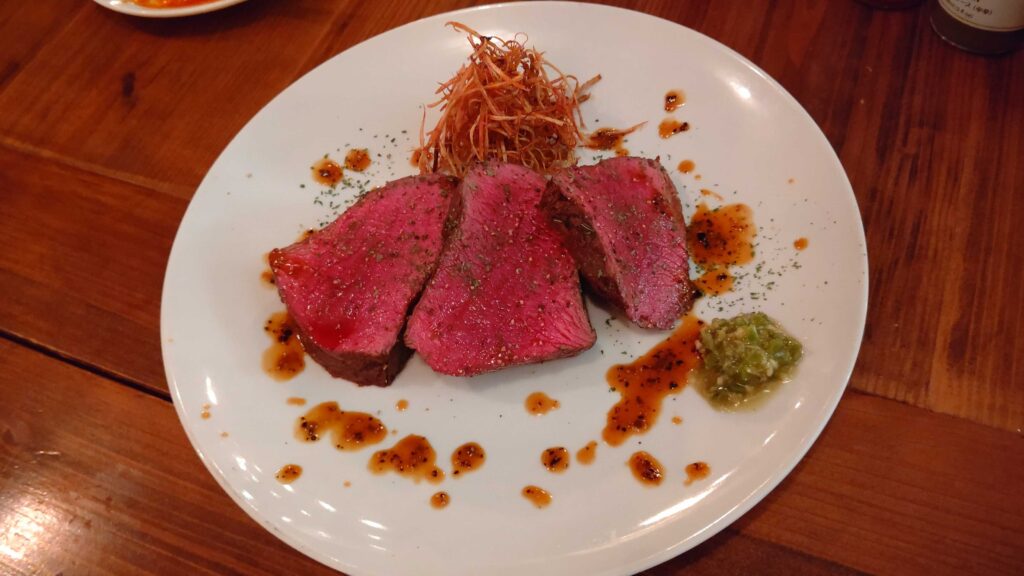
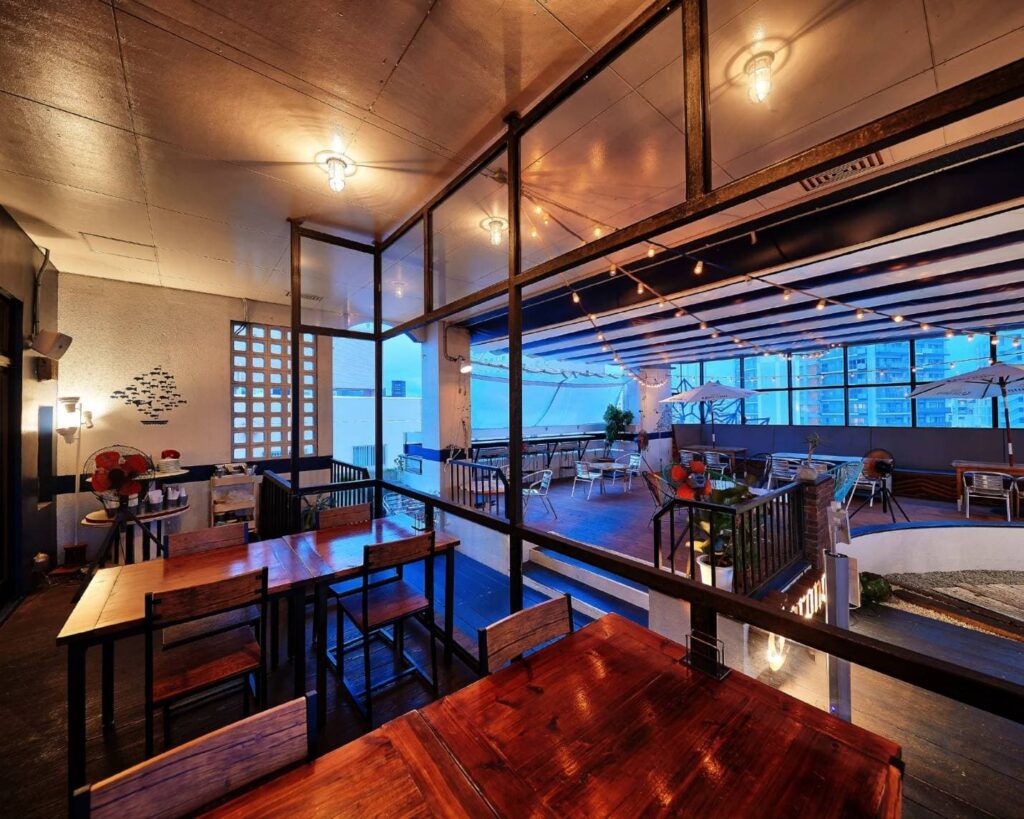
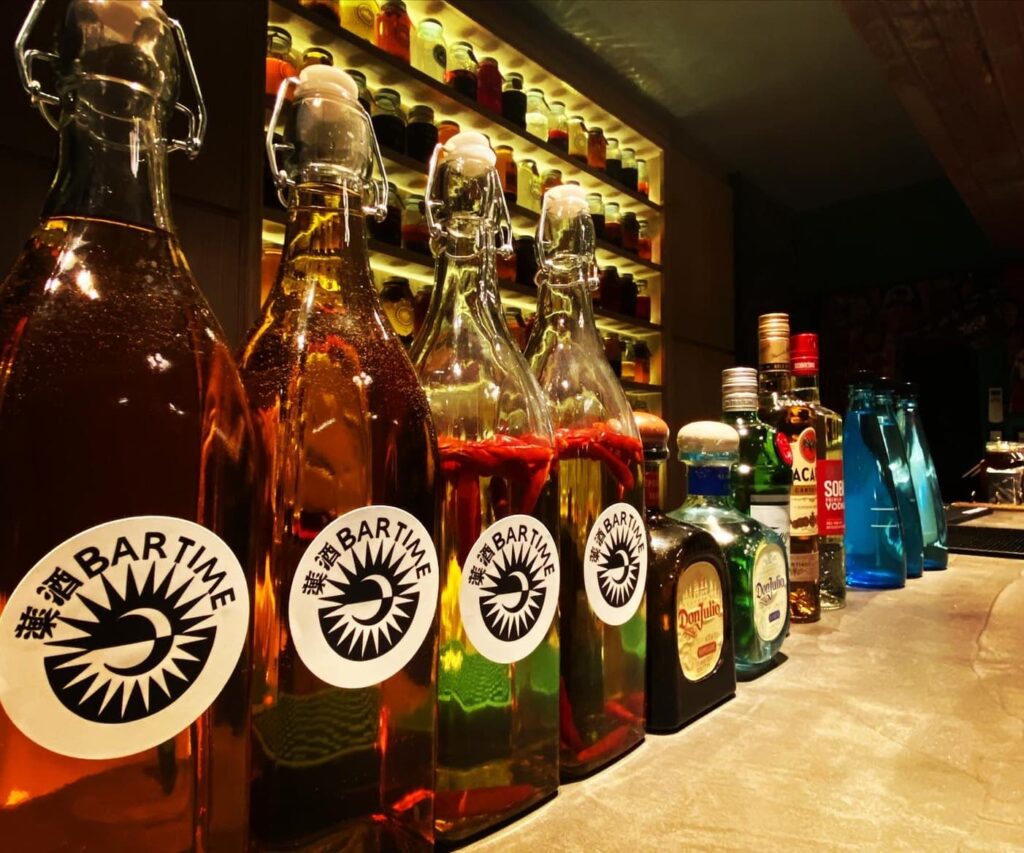
When I told a friend of mine at a bar I was here to film the DJ at the Gusuku, he asked, “What? Could it be that it was Ryo (my name) who was going to shoot HIKARU-kun? It seems that people’s relationships are somehow connected and it was already a hot topic in the area. He reminded me that “HIKARU-kun is a friend of mine, so please take care of him.” Our excitement for the day-after-tomorrow shooting increased.
*○○-kun : We use honorifics “-kun” to refer to boys or men that we’re close with.
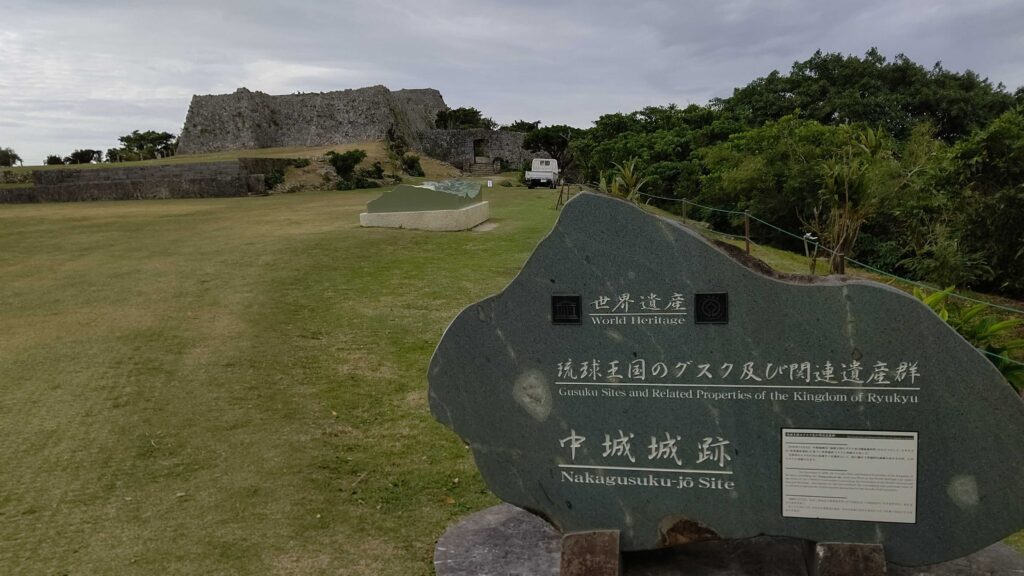
The next day, we met up with the other members who had arrived late to Okinawa and went around the potential shooting Gusuku sites. First, we went to the Nakagusuku Jo Site in Nakagusuku Village, Nakagami-gun, located on the east coast of the central main island, facing Nakagusuku Bay. It is a beautiful castle with very fine stonework, and if you place a booth at the top and shoot from below, you will be able to take beautiful images.
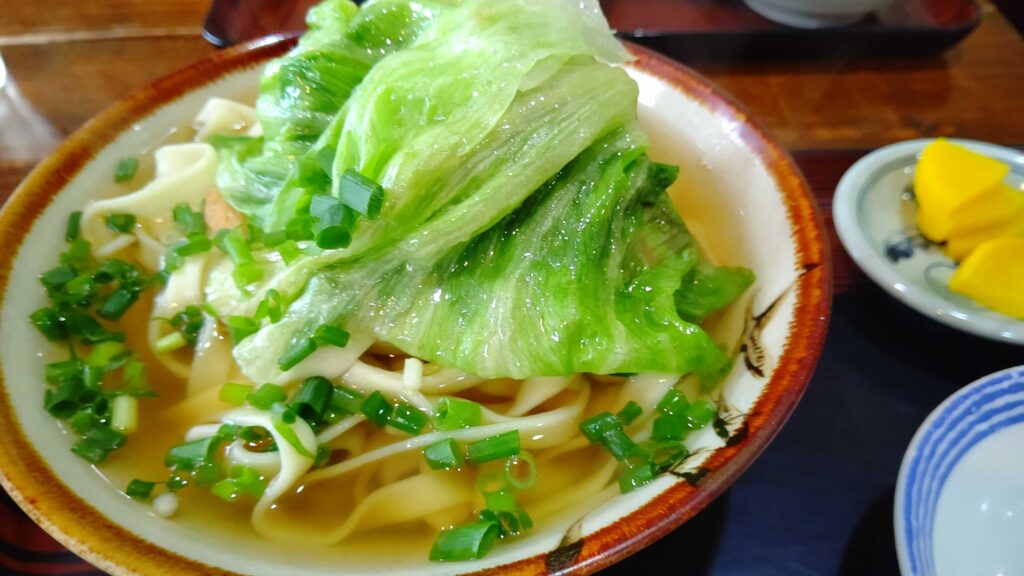
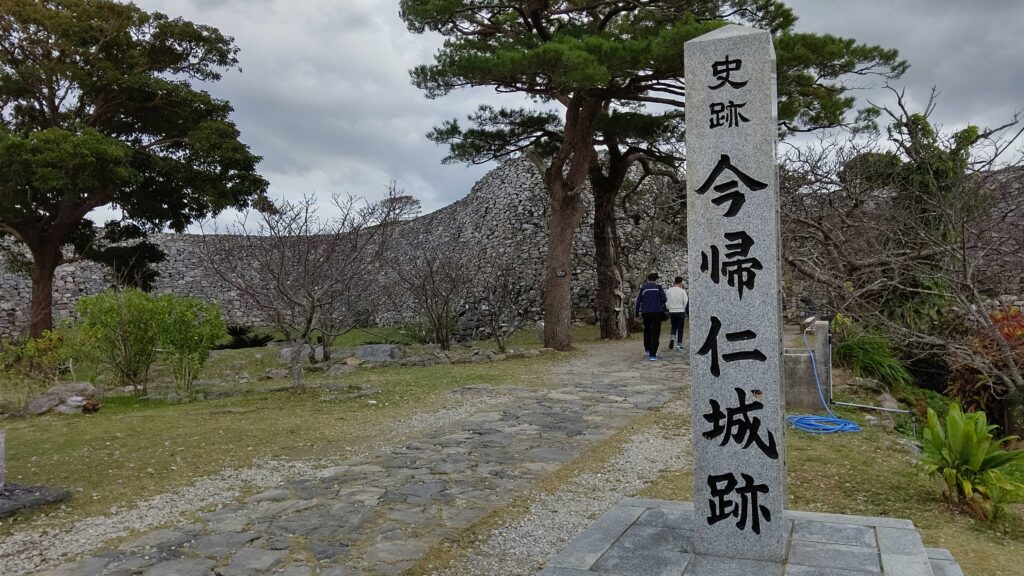
After that, we headed for the Nakijin-jo Site, another candidate site. On the way, we had lunch at Okinawa Soba Ooshiro in Nago City. This restaurant seemed to attract more locals than tourists, and we were able to have a very delicious Okinawa soba.
The Nakijin-jo Site is impressive with its beautiful wavy walls, surrounded by nature, just like an old castle in Okinawa.
In spring, both sides of the straight stone pavement leading through the castle walls are lined with cherry trees in full bloom.
In Okinawa, there are many old castle ruins called “gusuku” in the local language, and nine of them, including Nakijin-jo Site, were registered as The “Gusuku Sites and Related Properties of the Kingdom of Ryukyu” on the World Heritage List in 2000. So this time, I did some research on gusuku.
Here is a report by Tomoko Kusakari, who belongs to “Nawa to Yajiri”.
The Ryukyu Islands, with their coral reefs, have been trading in shellfish since ancient times. The thick and lustrous strombus latissimus and conus attracted the powerful people of Kyushu during the Yayoi period, and were prized as bangles to adorn their bodies. When trade in these products declined in the Kofun period, great green turban shells with pearlescent insides were brought in and used as raw materials for mother-of-pearl inlays embedded in lacquerware.
On the other hand, through shellfish trade, the islands brought in pig, iron, and other things that were not found on the islands. Eventually, with the start of agriculture, wealth accumulated, and with this came the powerhouses called Aji. And their residence is said to be a gusuku.
It is said that there are more than 300 gusuku ruins, both large and small, in the Ryukyu Islands including Okinawa. However, it is difficult to say that a gusuku is only the residence of a priest. Some gusuku are large, such as Shuri Castle, some are just enclosed with stone blocks, some are just rocks without any stone blocks or enclosure, and some were used as warehouses or tombs. And most of them are now used as Utaki, sanctuaries where festivals are held.
Rather, it could be said that the gusuku changed with the times, and the sanctuaries were left behind to serve as a sanctuary for the soul.
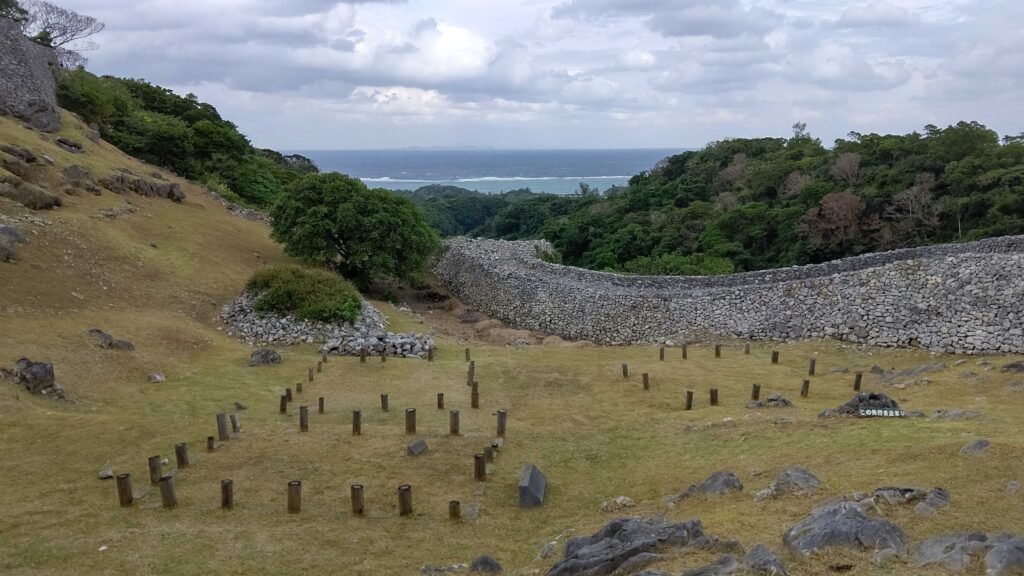
Nakijin Castle, located on the Kunigami Peninsula in the Yanbaru region of northern Okinawa, was the residence of King Kitayama, who ruled northern Okinawa around the 14th century, on the eve of the birth of a unified state in Shuri. The castle walls, built by *”Nozurazumi” on a hilly terrain at an elevation of 100 meters, are made of very hard Mesozoic limestone, unlike Ryukyu limestone, which is derived from coral. It is said that fossils of ammonites can be found in some of the stone blocks. Such an accumulation of irregularly shaped stones containing old life has a unique power that seems to suck you in, and I think it is more than just a defensive wall to survive the war, but also a reminder of the closeness to nature of the people who lived here.
*Nozurazumi : “Nozurazumi” stonewalls are made of naturally shaped stones. This technique is also called “Ranzumi” which means “stones roughly piled together” since stones of various sizes and shapes are used to construct these stonewalls.
In addition to Kitayama, who ruled the northern part of the island, Nakayama and Nanzan were the three most powerful kings in Okinawa at this time, and each king competed with the other to trade with China (Ming Dynasty), expanding their trading partners from the Korean Peninsula to Japan and Southeast Asia. As a testament to the splendor of the era of great trade, Nakijin-jo Site have been excavated with a rich international flavor, including Chinese ceramics from the 14th to 15th centuries, Goryeo celadon wares from the Korean Peninsula, ceramics from Thailand and Vietnam, and pottery from Japan.
However, the flourishing was short-lived, and in 1416, Kitayama was destroyed by the Sho Hashi, who later founded the Ryukyu Kingdom. After that, Nakijin Castle became the residence of the governor of Kitayama and his family, who were dispatched from the Ryukyu Kingdom, but the castle was burned down by the Satsuma clan in 1609 and was never rebuilt.
Incidentally, Nakijin Castle did not lose its function as a sanctuary as other gusuku in the area did. Rituals continued to be performed at the Utaki located in the castle. It is said that even now, in August of the lunar calendar, Nakijin Noro performs a grand worship service.
Let us now consider the reason why the sanctuary was left in the gusuku. Who cultivated the fields, raised the children, performed the rituals, and protected the island while the men went to sea for long periods of time?
It was the women.
Even though the country was destroyed, the sacred land was kept alive by the women and remained. This seems to be the greatest value of these gusuku being recognized as a World Heritage site…or am I the only one who thinks so?
Referrences:
Osamu Takanashi, Naoki Yoshinari, Minako Abe (2009) Okinawa Bunka ha Dokokara Kitaka
Susumu Anri Gusuku kara Utaki he, 55-59
Okinawa-ken no Rekishi Sampo Henshu Iinkai (2014) Okinawa-ken no Rekishi Sampo
Kenichi Tanikawa (1999) Nihon no Kamigami
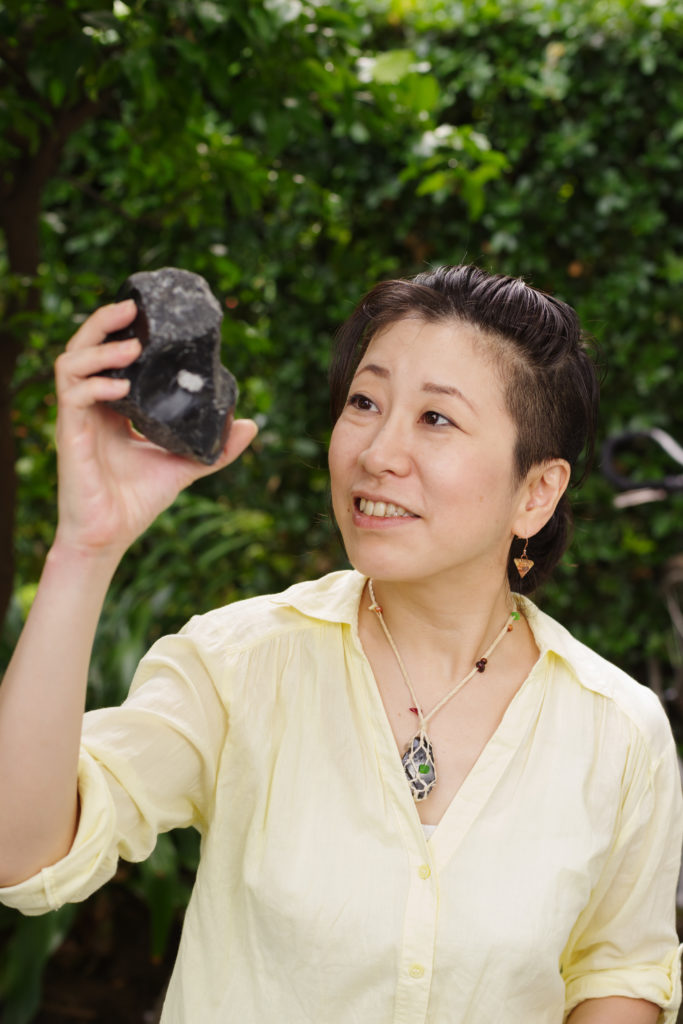
In charge of writing for the Jomon exploration unit “Nawa To Yajiri”.Born in Hokkaido. After working as a copywriter and editing magazines and books, became independent as a freelance editor and writer. Since 2009, she has participated in the NPO jomonism, involved in the planning and production of Jomon-related events, and wrote on the theme of Jomon. Formed “Nawa To Yajiri” with photographer Yoshiaki Hirokawa, and while visiting archaeological sites and archaeological sites nationwide, they are exploring the shapes of Jomon and prehistoric values that can be understood from the environment.
・Nakijin-Jo Site
・Zakimi Jo Site
・Katsuren Jo Site
・Nakagusuku Jo Site
・Shuri Jo Site
・Sonohyan-utaki Ishimon
・Tamaudun
・Shikinaen
・Sēfa-utaki
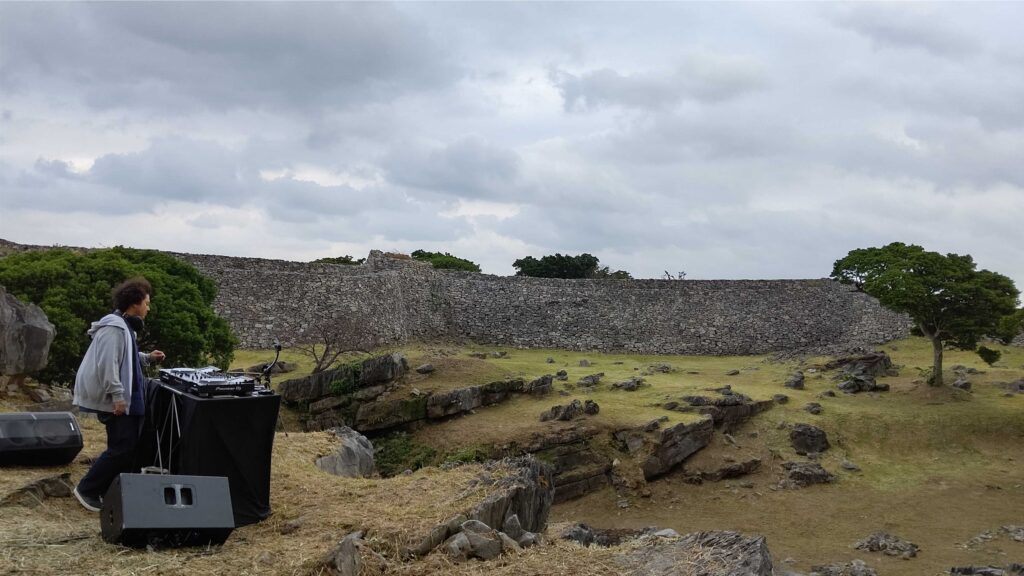
In the end, we decided to shoot at the Nakijin-jo Site, so we stayed at a nearby hotel, met up with HIKARU who had finished work late at night, and started shooting early the next morning. It was very windy and we were worried about the drone shooting, but we were able to set up a DJ booth in an area that is not usually open to the public, and played DJ surrounded by the beautiful castle walls. Despite the strong wind, he performed a very rare DJ set consisting only of music from his project BLAST HEAD and music he had composed.
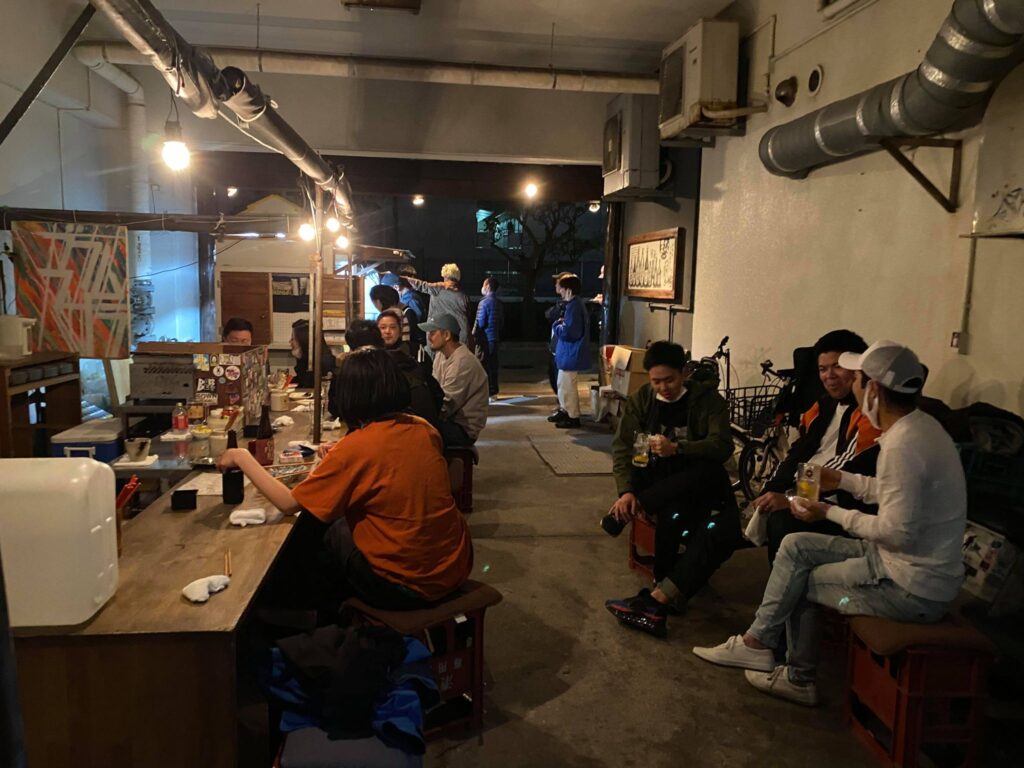
After dinner that day, we visited HIKARU’s izakaya “Garam”. I was surprised when I visited there! It’s just a counter in the parking lot of a building, as if it was set up by itself. The members of THAT IS GOOD had been surprised and curious about this place in their past visits to Okinawa.
HIKARU’s special oden is very tasty, and the drinks are cheap and popular. I met up with a friend there who I had met the day before and had told him to take care of HIKARU, so I frequented Garam every night for the rest of my stay in Naha. Every time I went to Garam, I made more friends, which made me very happy.
I hope you all enjoy the beautiful castle walls of Nakijin-jo Site and the rare DJ set performed by HIKARU!
And if you are ever in Naha, be sure to visit Garam. If you say “I saw HIKARU’s DJ set at Nakijin-jo Site on THAT IS GOOD! I don’t know if you’ll get any special offers, but I’m sure you’ll be treated well lol
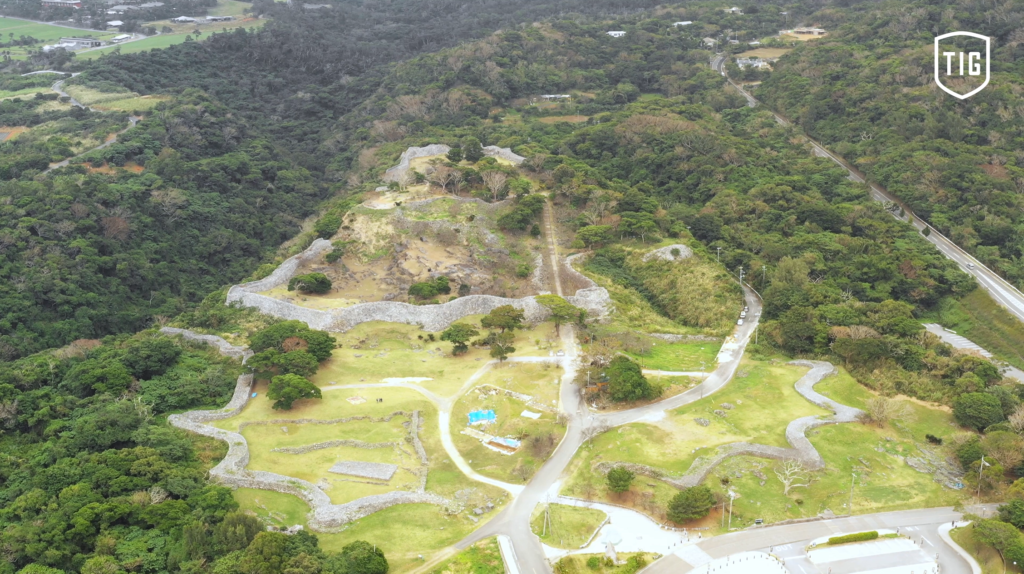
From Naha Airport Domestic Terminal
Take the Yanbaru Express Bus bound for “RESORT HOTEL BEL PARAISO” or “Unten Port” for about 150 minutes to the entrance of Nakijin-Jo Site.
From Naha City (From Naha Bus Terminal)
In front of Asahibashi Station on the Okinawa Urban Monorail (Yui Rail), take the Naha Bus/Ryukyu Bus Kotsu [111] bound for Nago Bus Terminal (about 90 minutes), transfer at Nago Shiyakusho-mae, then take the Okinawa Bus [66] Motobu Hanto Line bound for Nago Bus Terminal via Nakijin-mae and Jahana (about 40 minutes), and get off at the entrance of Nakijin Castle Ruins. It takes about 10 minutes on foot from the bus stop to the actual Nakijin-jo Site.
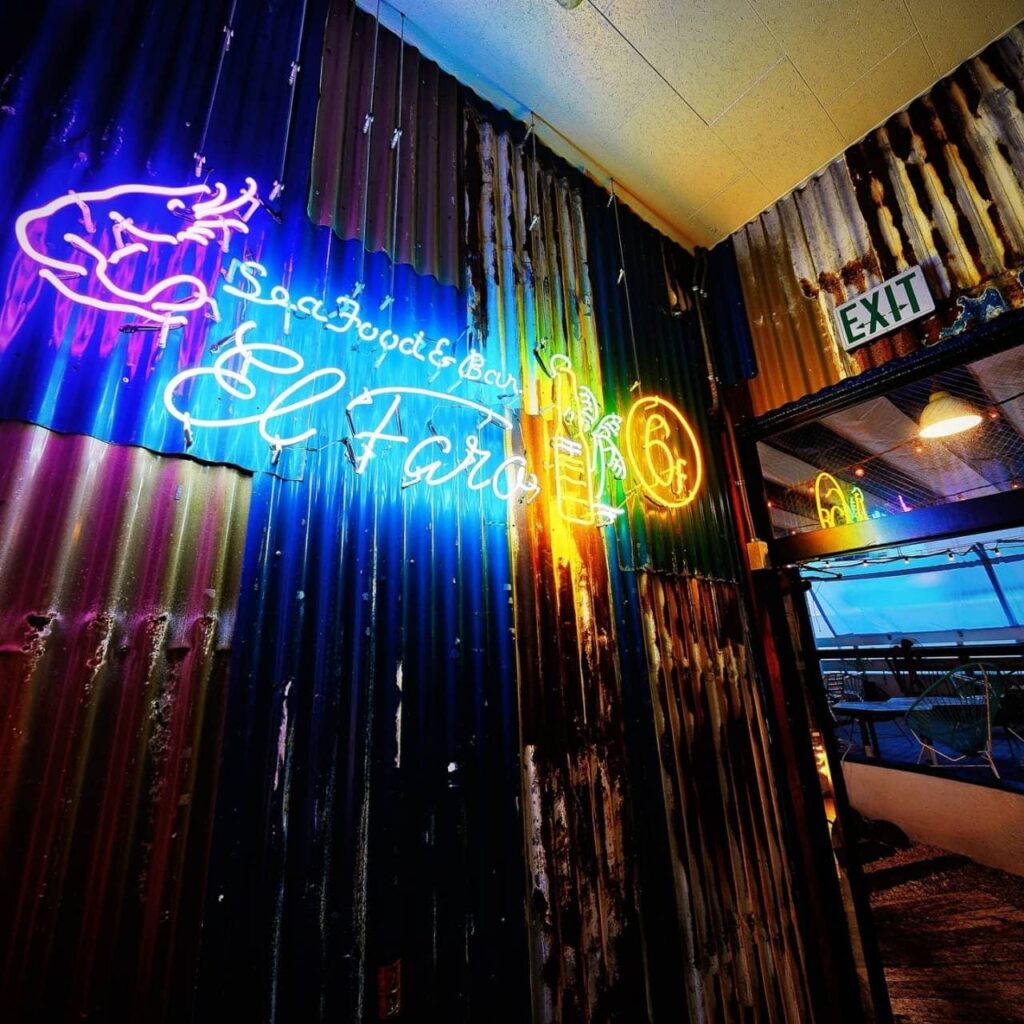
At the end of the Makishi side of Kokusai Street, next to Yui Rail Makishi Station, pass under the monorail and cross the river. You can see on the left side.
Address: 6F, 1-1-60 Asato, Naha City, Okinawa Prefecture
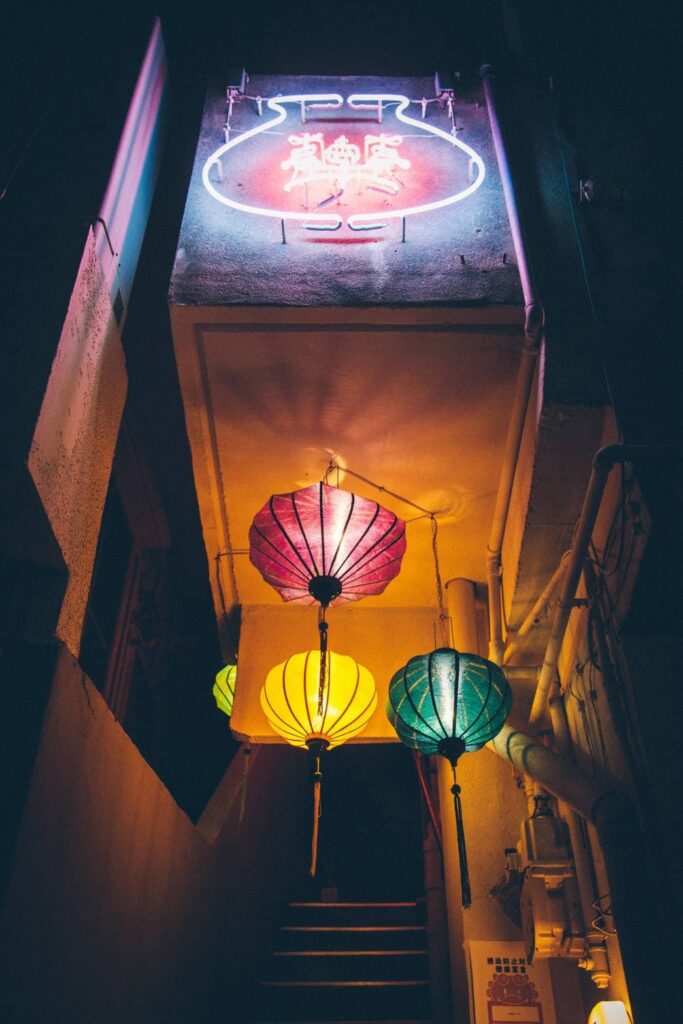
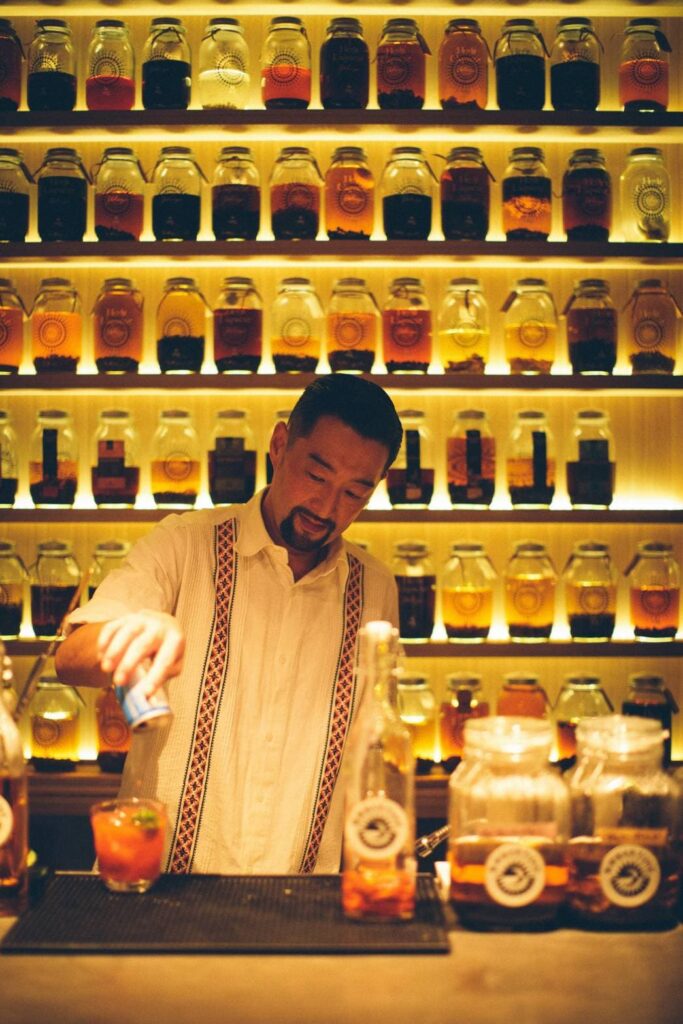
From Kokusai Street, turn onto Okiiei Street, and take the second alley that curves gently to the right for a few minutes. You will see it on the right side.
Address: 2F, 2-16-15, Makishi, Naha City, Okinawa Prefecture
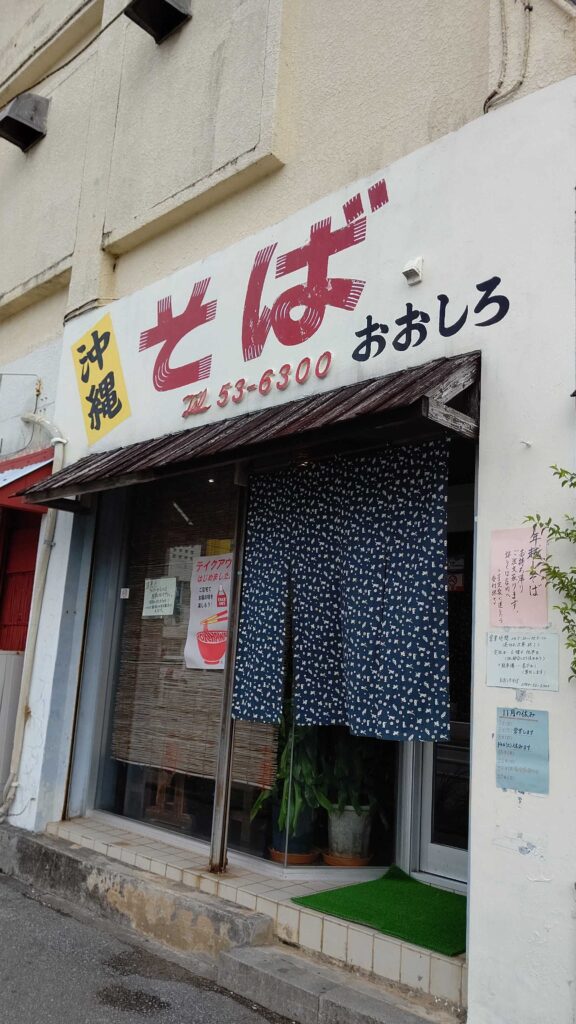
From the direction of Naha, take Route 58 north to the area on the right around Nago Fishing Port.
Near the Onishi (South) Intersection on Prefectural Road 84, which runs parallel to Route 58
Address: 1-1-26 Shiro, Nago City, Okinawa Prefecture
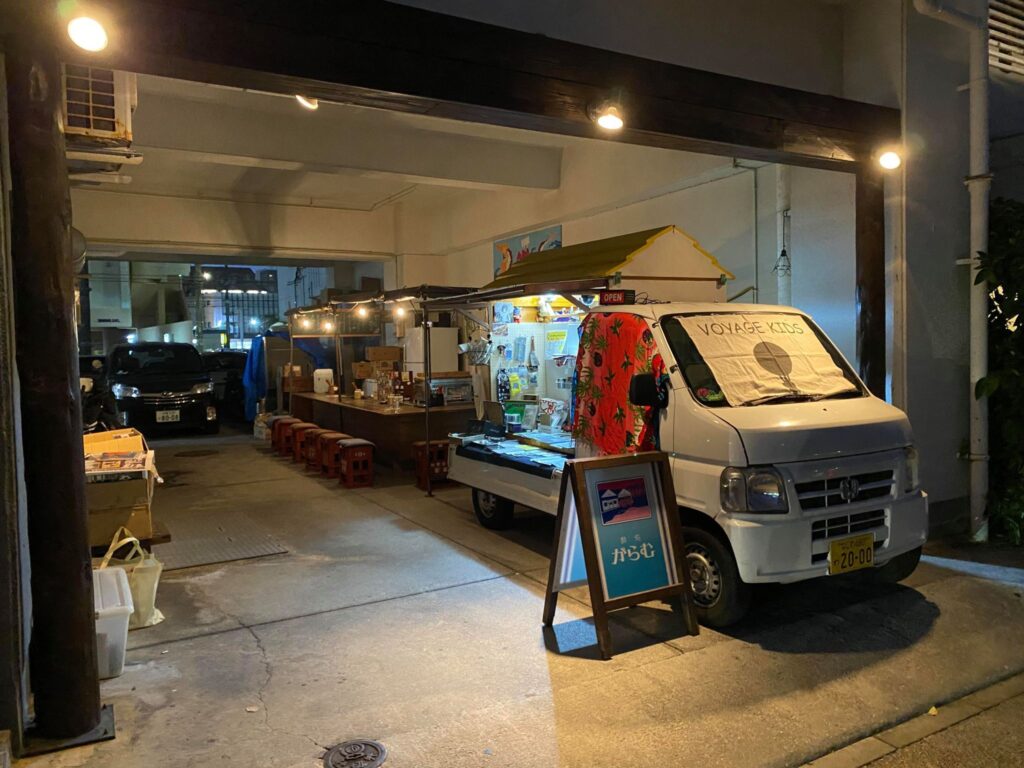
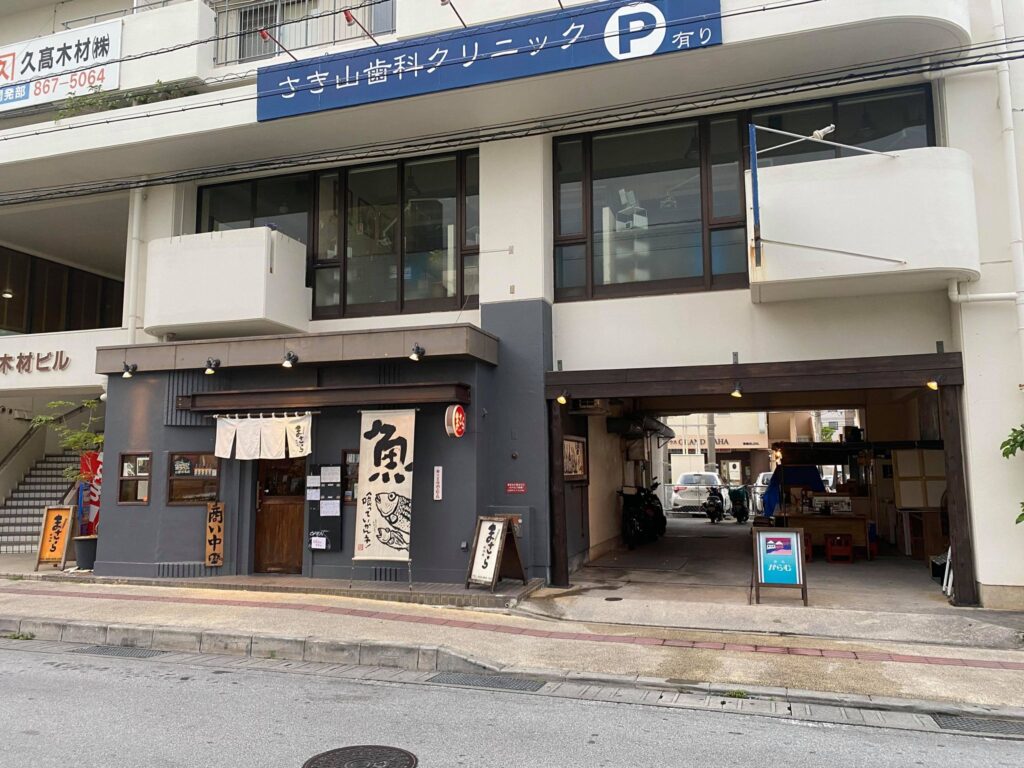
Between “Kencho-mae” and “Miebashi” on the Yui Rail, but on the opposite side of the river across from the river that runs parallel to it, on the left side of the road along the river.
Go towards Izakaya Masara, it’s in the parking lot next to it!
Masara’s address: 2-6-20 Kumoji, Naha City, Okinawa Prefecture
Text : THAT IS GOOD editorial department Nakamura